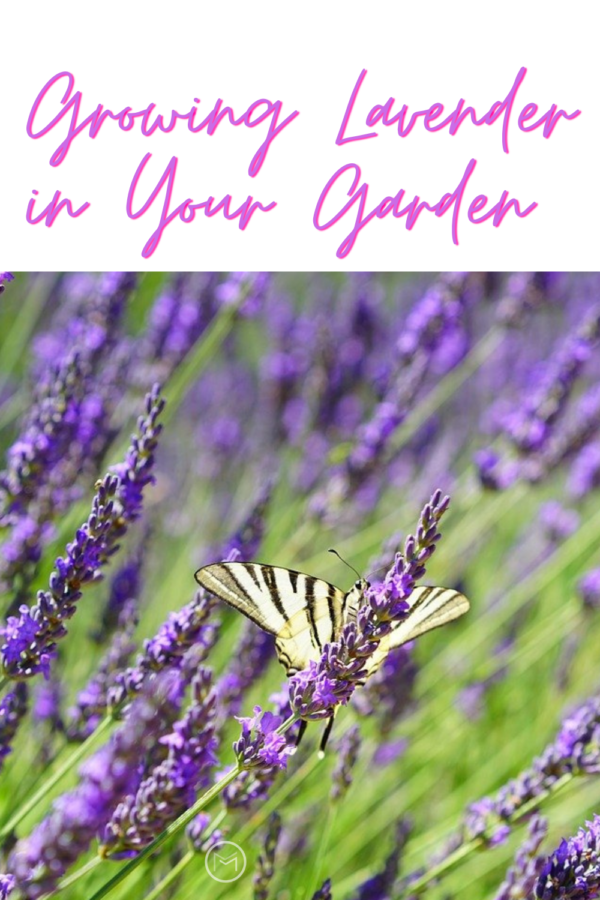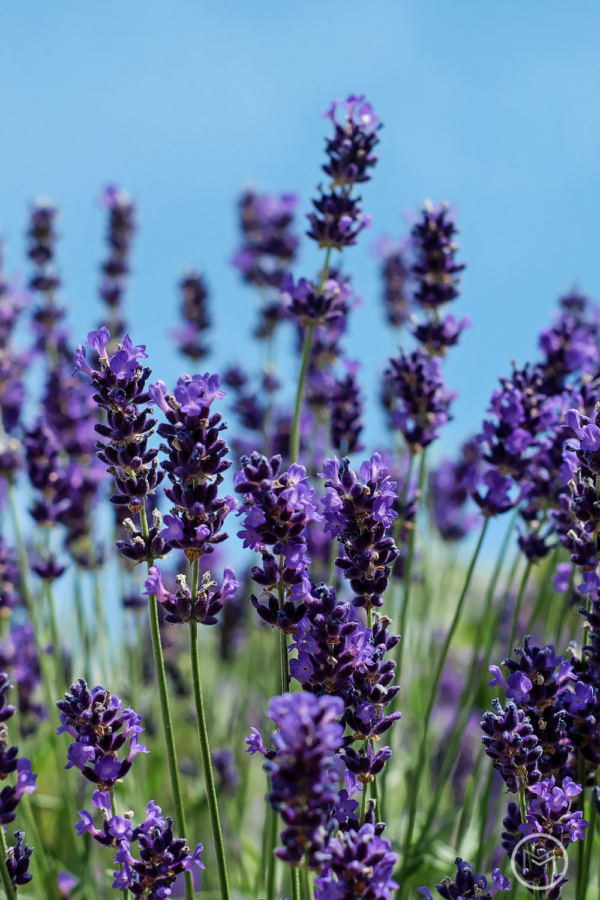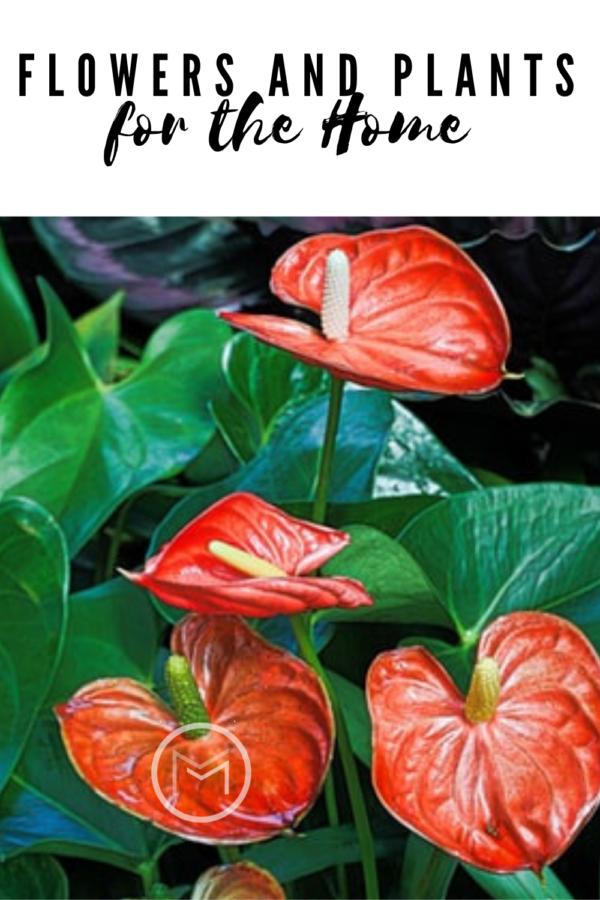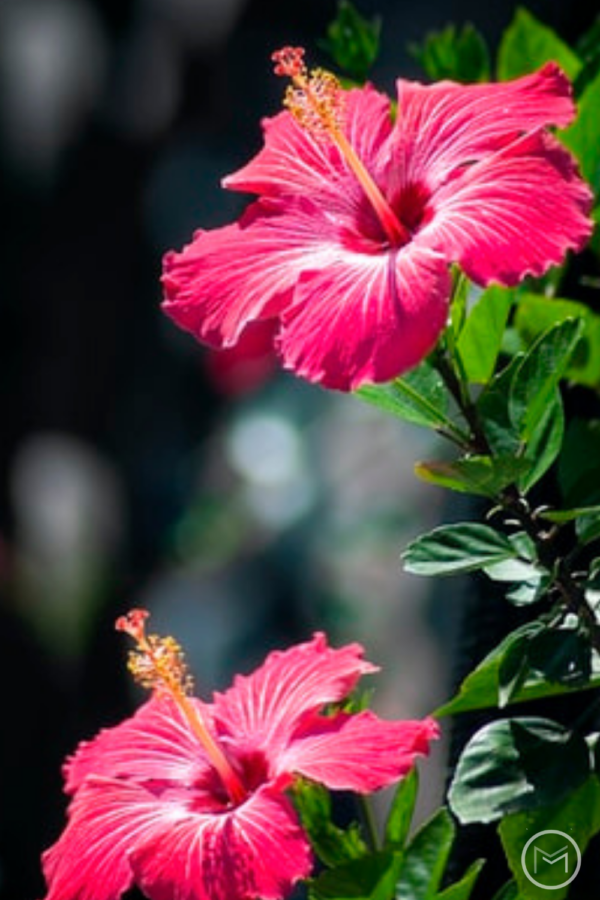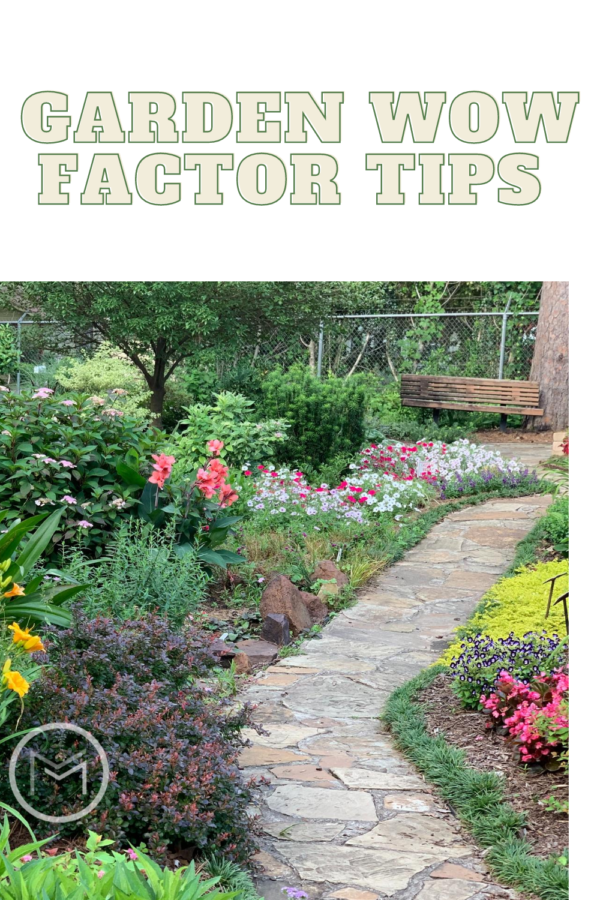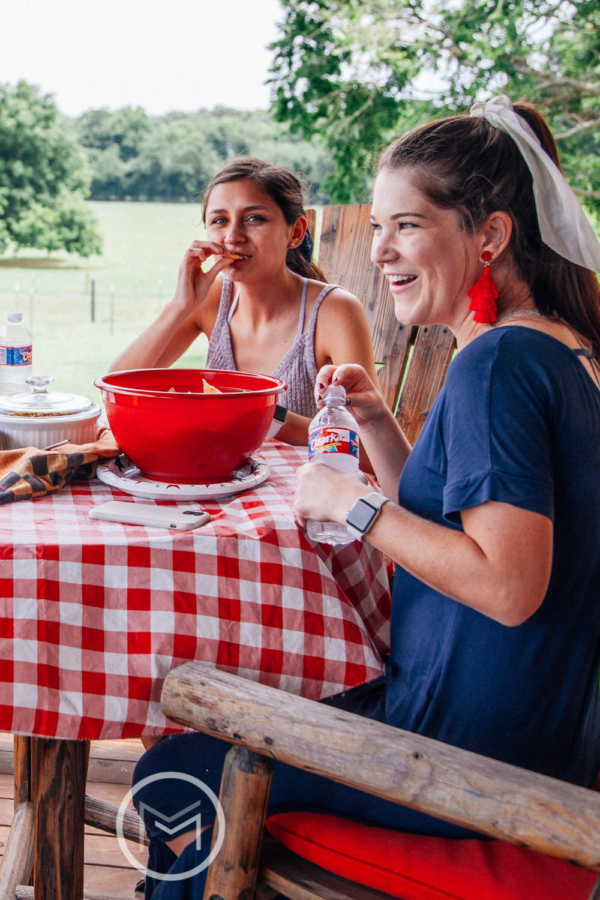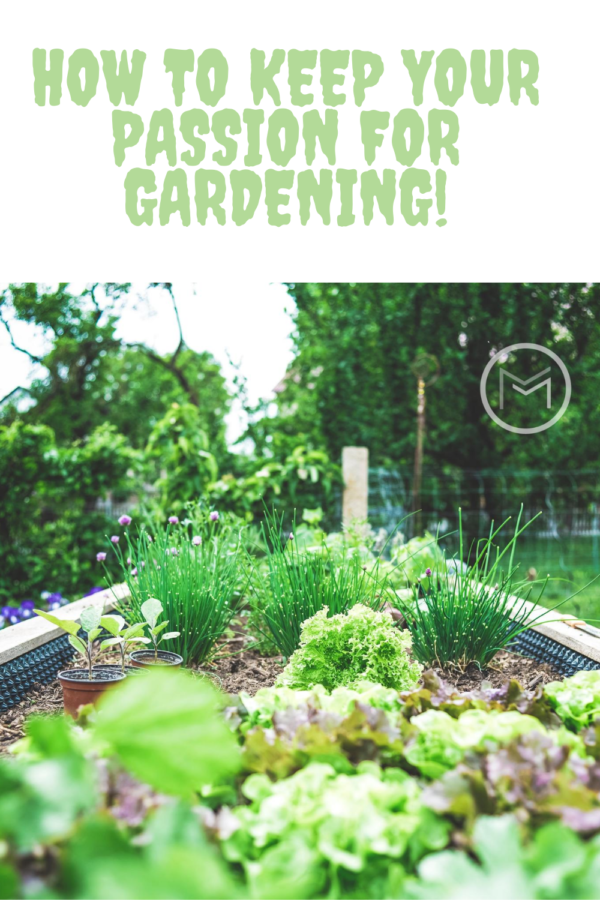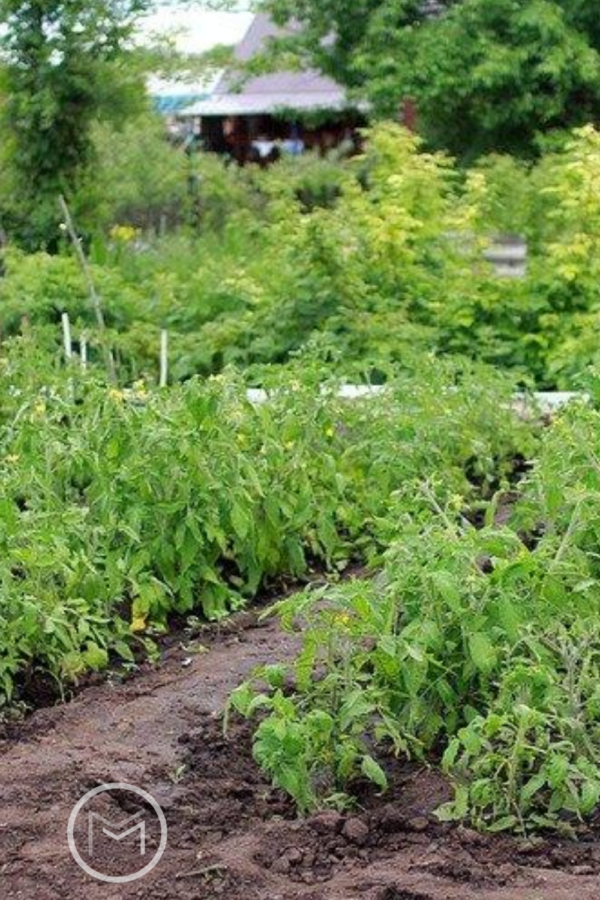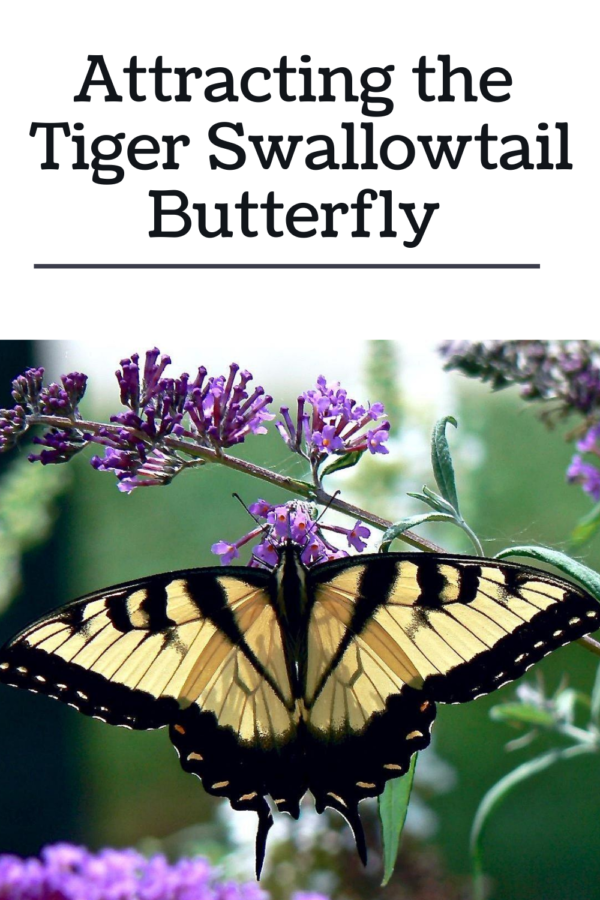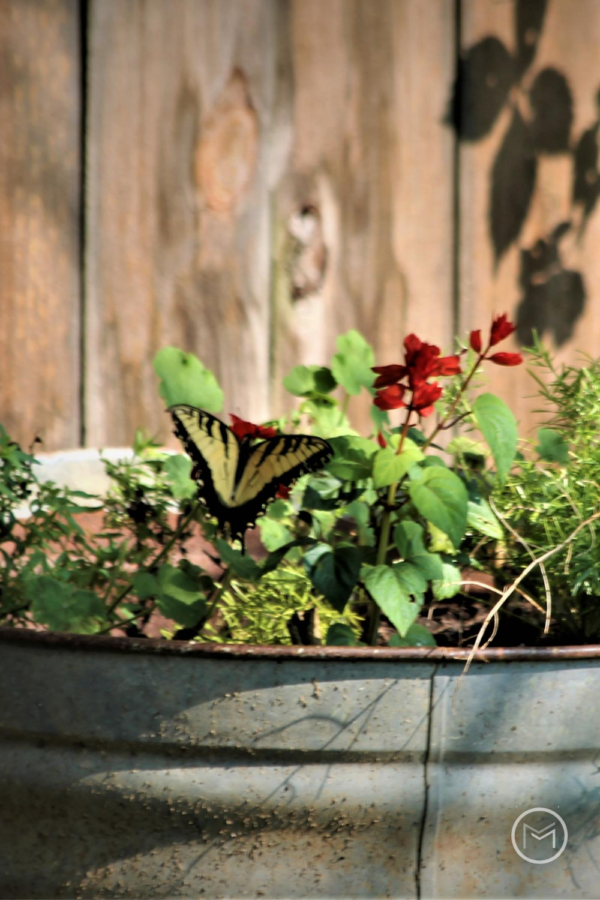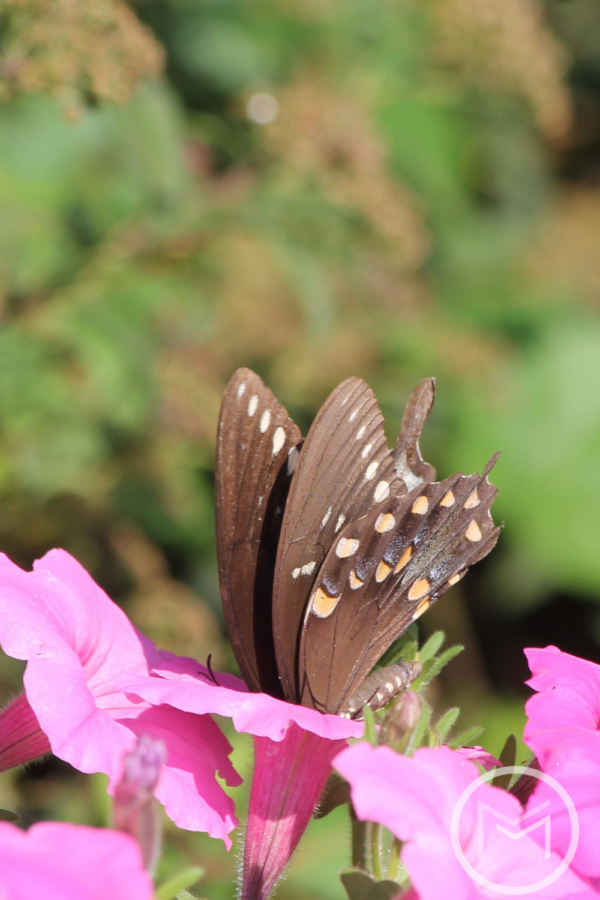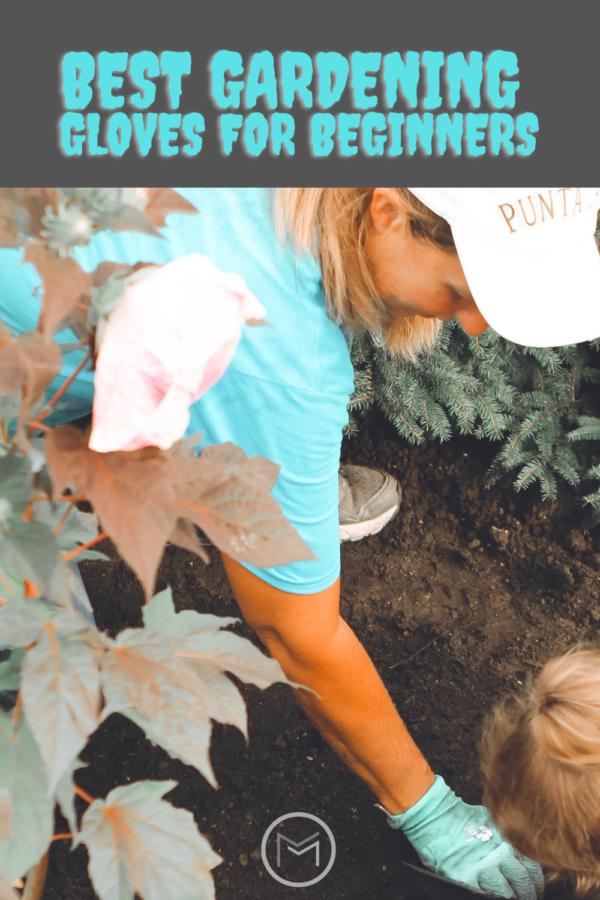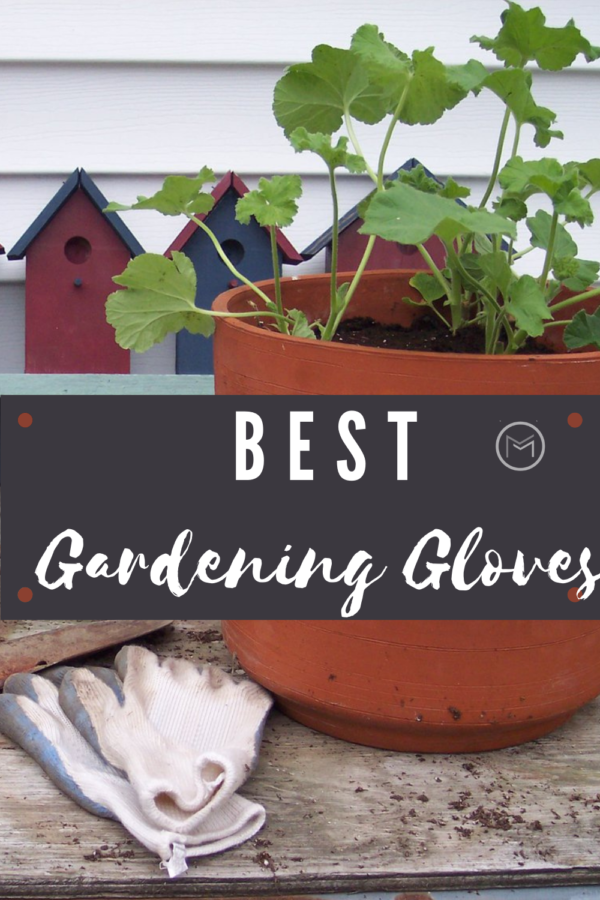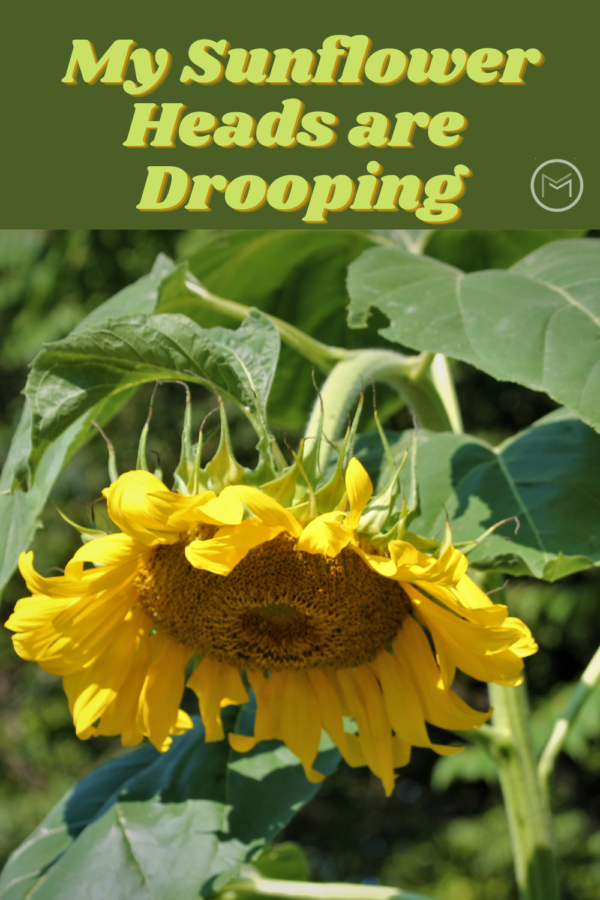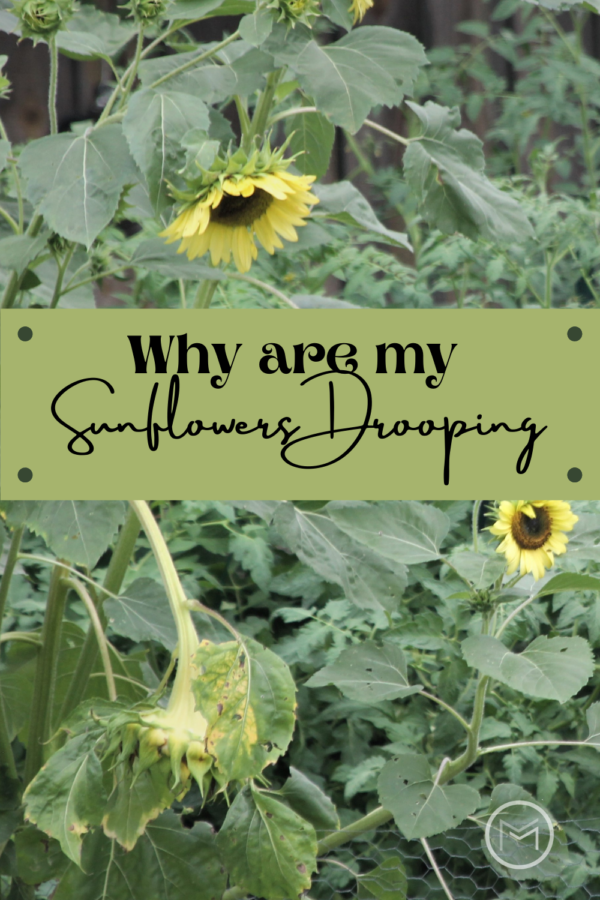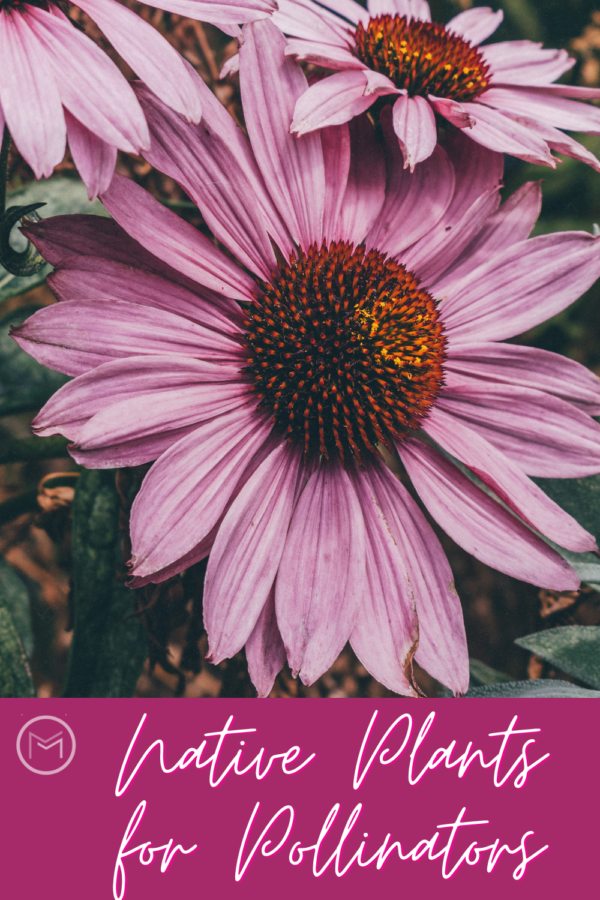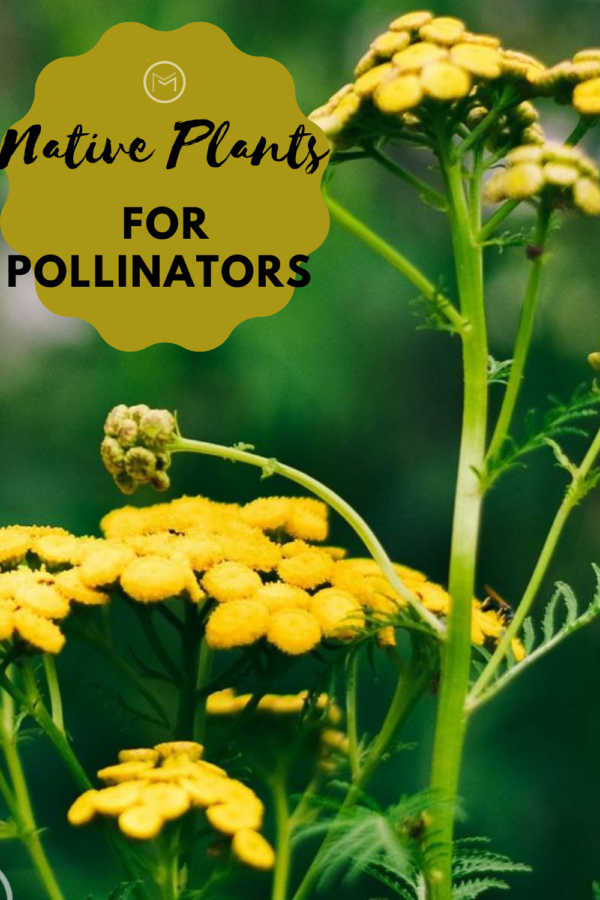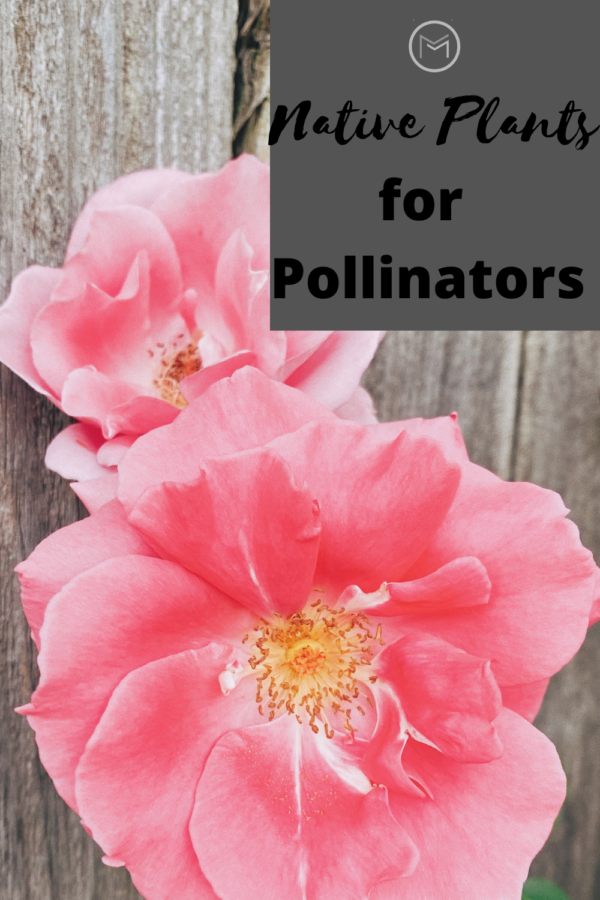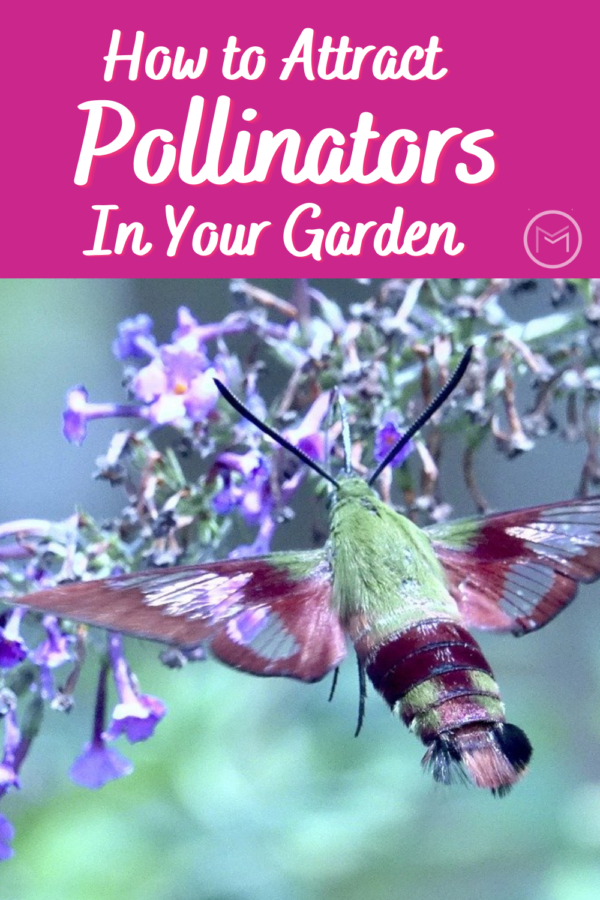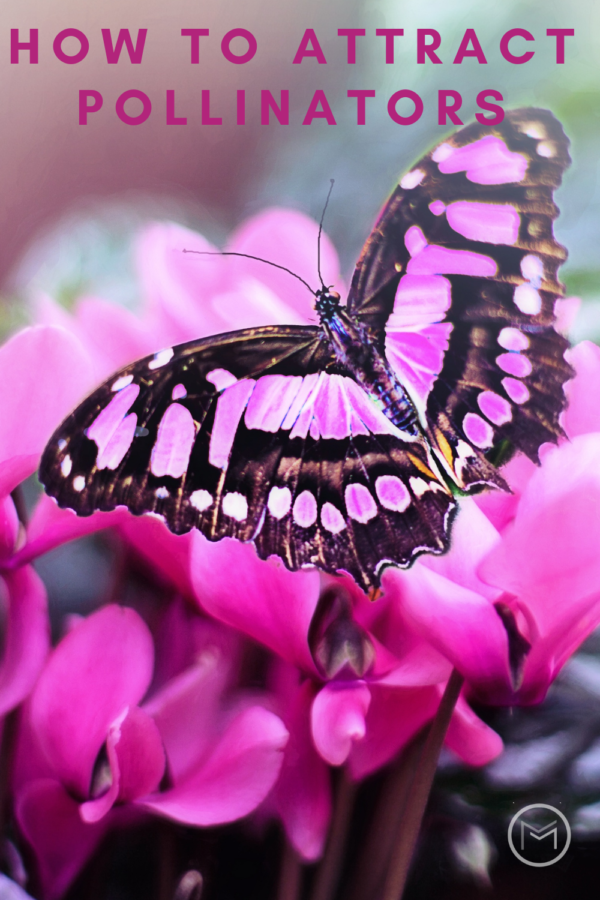Today, I’m sharing gardening tips on improving curb appeal. On many occasions, we think about our garden’s appearance from a very nature-centered point of view. Improving your curbside appeal will also add value to your home. It would help if you strived to keep the entire area clean, including your garage areas. You may want to look at pressure washing to help.
Furthermore, one of he most important things when creating a garden is to do a thorough overview of the area. So, what does doing an overview mean? Well, it means to not only focus on part of your garden, but try to foresee the completed result. If you are a landscaper, that’s a bonus. However for those of who are not, we must learn to consider the functionality and appearance of the elements that we have. Check out these tips.

Improving Curb Appeal:
Play with lighting
One way to improve curb appeal is to implement lighting. Improving lighting, especially at night can improve your landscape’s appearance! Good lighting will significantly improve your garden’s appearance after sunset. And, lighting can be factored into safety factors around your home. For example, adding motion detectors or a dusk to dawn lamp at your entrance can improve your home’s curbside appeal.
Organize the space
Another thing that is not taken into consideration in the garden is organization and the optimization of space. People who have little space think they have to fill everything with plants to make the most of it. Stop, that is a bad idea. Like everything else, your garden needs to breath. Even if the garden is large, we must also use other types of elements to add variety to its design.
For example, when the garden is small we have make it look larger than what it is. To accomplish this, place trees at the back of the your garden. Next, place shrubs and smaller plants moving towards the front of the garden. Medium size shrubs/plants will go in the medium and smaller plants/flowers will go in front of the medium sized plants.
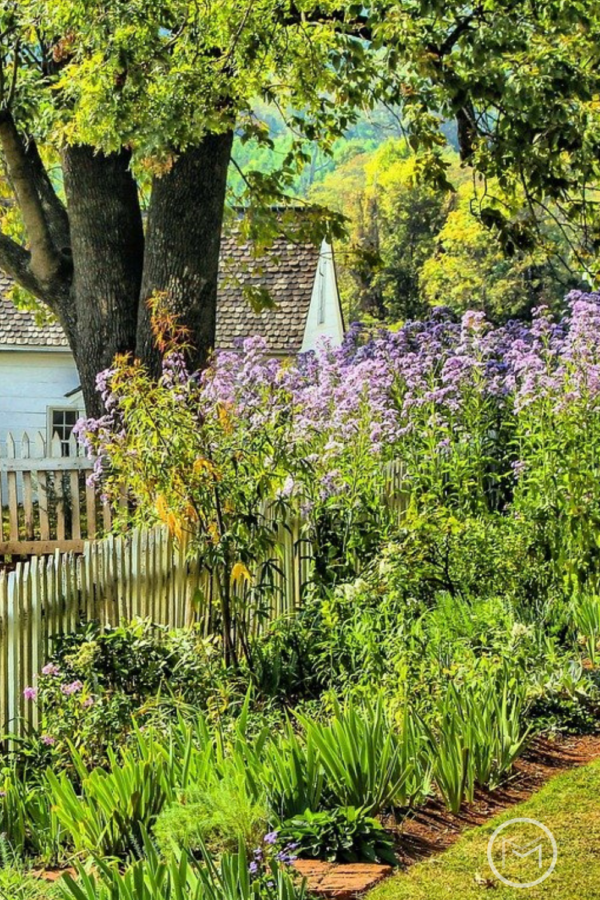
Also, if you have a lack of space, container gardening is the way to go. However, you should not use the soil in your garden to fill these same pots. It will become too compact and rigid for the pots, leading to the death of the plants. Look for potting soil, which is designed specifically for pots. Having a beautiful garden doesn’t have to be difficult. With a few tricks and tips you can be well on the way to creating a heavenly space.
So, if you have a large garden take advantage of all the possibilities that space gives you. Some things cannot be done in a small garden, but you can give a large one greater sophistication.
